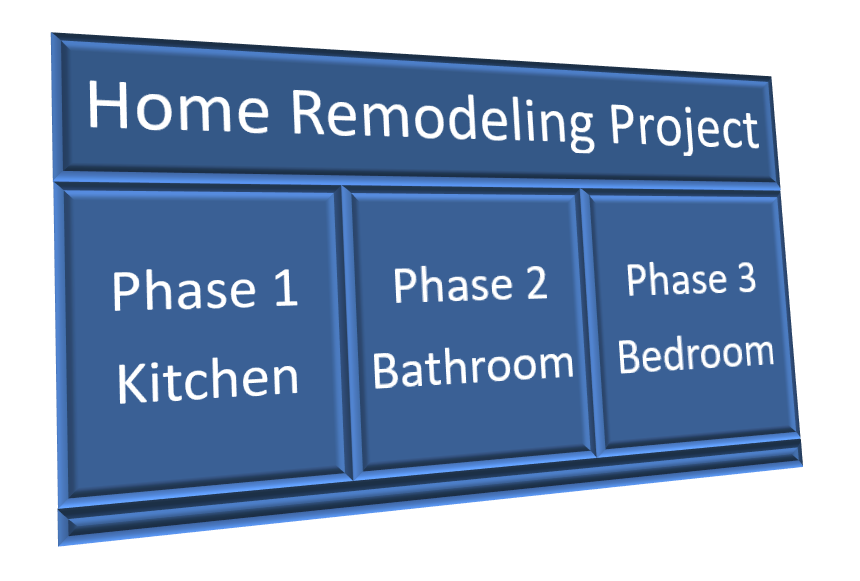
There is a good amount of misinformation out there, about Covid-19 and how to handle it when renovating your home. While it seems like Covid-19 is here to stay, you can still safely get you home renovated by following some simple Covid-19 Renovation Guidelines on your next project.
One of the best ways to safely remodel is to limit physical contact with your contractors. When you use Construction Conductor, that’s a no-brainer during Planning and Bidding because we show you how to you through the process.
During Bidding, simply include the following Covid-19 Renovation Guidelines in your Bid Package, so that when you send it out to your bidders, they will know what your expectation are.
If you’re not using Construction Conductor, go ahead and copy the Covid-19 Renovation Guidelines below and the Covid-19 poster below, and include them in your bid package. You can also post the poster on your project site.
Construction Conductor’s Covid-19 Renovation Guidelines
- Tent the construction area from the rest of the home to prevent the spread of dust and fumes
- Wear facemasks while working on site
- Roll vehicle windows down when workers are traveling together
- Minimize face to face interactions between workers and homeowner(s)
- No gatherings larger than 10 people are permitted
- Social distancing (roughly 6ft of distance between bodies)
- Hold any meetings in open, well‐ventilated spaces
- Limit food handling and sharing
- Practice good hygiene:
- Use other noncontact methods of greeting
- Clean hands at the door and wash hand regularly
- Disinfect surfaces like doorknobs, tables, desks, and handrails regularly
- Increase ventilation by opening windows or adjusting air conditioning
- Stay home if…
- You are feeling sick
- You have a sick family member in their home
- If you have Covid Symptoms, (see poster)
- notify employer
- follow the guidelines for testing
If your using Construction Conductor, include these Covid-19 Renovation Guidelines to your Bid Package, before going out for bid, so bidders are well aware of your expectations.
Guidelines change over time, as scientists and doctors learn new information, so check out the information at the CDC for the most up to date information.
If you’re interested in seeing how things are going around the world, check out the information on the WHO’s website. If you’ve never worked with contractors before, read about how to avoid the Top 10 foolish renovation mistakes people make, so you don’t make those same mistakes.

 Sometimes contractors think they know what inspector’s will approve only, to be proven wrong. Over the years
Sometimes contractors think they know what inspector’s will approve only, to be proven wrong. Over the years  There may be a point in while planning your project that you realize you don’t have enough money to cover the budget on that dream project. When that happens Project Phasing is the best way to move forward on a limited budget.
There may be a point in while planning your project that you realize you don’t have enough money to cover the budget on that dream project. When that happens Project Phasing is the best way to move forward on a limited budget.
 Real estate flippers, investors and sellers know that realtor fees feel expensive.
Real estate flippers, investors and sellers know that realtor fees feel expensive.